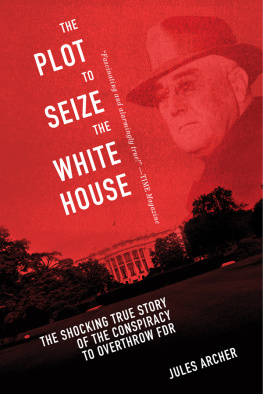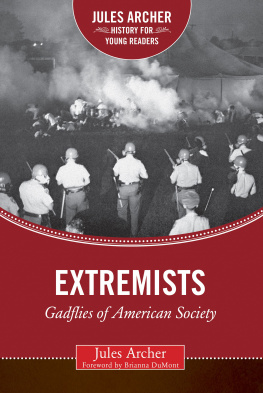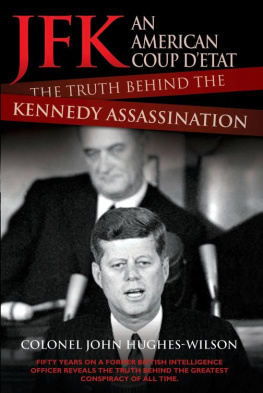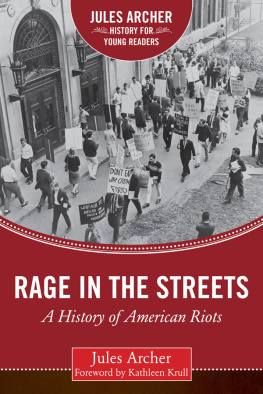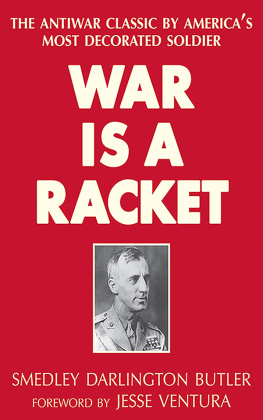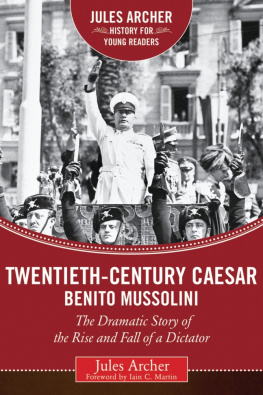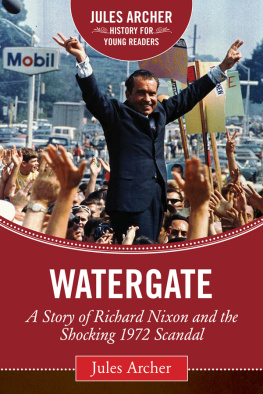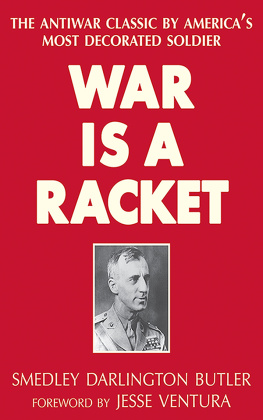Copyright 2007, 2015 by Skyhorse Publishing
Introduction copyright 2015 by Anne C. Venzon
Originally published by Hawthorne Books, Inc., New York in 1973.
All rights reserved. No part of this book may be reproduced in any manner without the express written consent of the publisher, except in the case of brief excerpts in critical reviews or articles. All inquiries should be addressed to Skyhorse Publishing, 307 West 36th Street, 11th Floor, New York, NY 10018.
Skyhorse Publishing books may be purchased in bulk at special discounts for sales promotion, corporate gifts, fund-raising, or educational purposes. Special editions can also be created to specifications. For details, contact the Special Sales Department, Skyhorse Publishing, 307 West 36th Street, 11th Floor, New York, NY 10018 or info@skyhorsepublishing.com.
Skyhorse and Skyhorse Publishing are registered trademarks of Skyhorse Publishing, Inc., a Delaware corporation.
Visit our website at www.skyhorsepublishing.com.
10 9 8 7 6 5 4 3 2 1
The Library of Congress Cataloging-in-Publication Data.
Archer, Jules.
The plot to seize the White House/by Jules Archer. 1st Skyhorse Pub. ed.
p. cm.
Originally published: New York: Hawthorn Books, [1973].
Includes index.
1. United StatesPolitics and government1933-1945. 2. FascismUnited States.
3. Subversive activitiesUnited States. 4. Butler, Smedley D. (Smedley Darlington), 1881-1940. I. Title.
E806.A663 2007
322.420973dc22
Print ISBN: 978-1-63220-358-8
Ebook ISBN: 978-1-63450-024-1
Printed in the United States of America
To
reporters George Seldes and John L. Spivak
for their courageous dedication to the truth, wherever it led

CONTENTS


INTRODUCTION

Few, if any, events jeopardized the stability of the United States more than the Great Depression, which dominated the entire decade of the 1930s. Bread lines, bank failures, tramps riding the rails, the Dust Bowl, hopeless Okies praying theyd find work in California, and suicides from Wall Street skyscrapers were all realities of the era. The Crash of Black Tuesday, October 29, 1929, was no respecter of class. Everyone was affected, from Main Street to the Main Line. In July 1932, veterans of World War I, desperate for the Bonus promised to them at the close of the conflict, but not payable until 1945, marched on Washington to demand an early payout. President Herbert Hooverthe same man who fed starving children in Belgium during World War I and brought aid to a devastated Europe after the Great Warseemed helpless in the face of such unprecedented economic devastation.
The election of Franklin D. Roosevelt in 1932 brought a new approach, a New Deal, aimed at pulling the country back from the edge of the abyss. FDRs programs, which he set into motion in the famous 100 Days, included a bank holiday to determine the solvency of the remaining institutions as well as establishment of the FDIC and SEC. At the time, these programs seemed quite literally revolutionary as they placed unmatched oversight on economic institutions. However, it was the Presidents desire to abandon the gold standard that stunned both the super-rich, who had felt fairly insulated from the Depression, and a significant number of average Americans who believed that Roosevelt was flirting with Bolshevism.
The U.S. was not alone in its economic desperation. Governments the world over were collapsing, often replaced with equally feeble regimes which just offered more of the same. The only nations which seemed to provide a degree of order and stability for their people were Italy and Germany, but they were under the thumb of Fascist dictatorships. In the early days of both regimes, outsiders only saw improved employment figures and growing economies. Opponents of Roosevelts New Deal began to wonder if they might find a man on horseback who could rally a force to oust the administration and replace it with a regime similar to Italys corporate state. Nothing like that had ever happened in U.S. history, but conditions had never been so bad. The conspirators faced two questions. Where would they find such a man, and where would he find his troops?
Thoughts immediately turned to the 20,000-man Bonus Armyveterans who knew how to fight and had already expressed their desperation and extreme discontent with the status quo. Would they be enough? Probably not. However, the recently founded American Legion, with over 500,000 members, might. But it would take an extraordinary event or individual to persuade them to take up arms against the country which they had fought for in the trenches of the Western Front. The leader would have to be charismatic and utterly fearless, a soldiers general with a national reputation. Who better than retired Marine Major General Smedley D. Butler?
Butler dropped out of his Quaker high school in 1898 and joined the Marines at age sixteen to fight in the Spanish American War. He prided himself on being a roughneck, happier marching with his men than walking the halls of power. Many of the veterans knew Butler from their time at Camp Pontenazen where they waited to be transported home from France. Others remembered his exploits in the Nicaragua, Haiti, the Philippines, Mexico, and China, where he earned two Medals of Honor and countless other decorations. Still others had seen or heard him on the lecture circuit after his retirement. Butler was discontent in his own right, having been passed over for the post of Commandant of the Marine Corps in 1931. He had gradually concluded that the State Department had used his Marines in Central America to further so-called Dollar Diplomacy. But most important to those considering a coup dtat was his impassioned speech to the Bonus Marchers on July 19, 1932. Whipping off his jacket in the sweltering, sticky July heat of Washington, D.C., he rolled up his sleeves and stomped back and forth across the platform. In his raspy voice with his signature staccato delivery that mimicked bursts from a machine gun, he told the Marchers to follow the law, but expressed his support for their cause with the passion of a revivalist preacher and the hells and damns of a drill sergeant. Who better to lead the ouster of FDR and the New Deal?
In the pages that follow, Jules Archer weaves a tale of intrigue, clandestine meetings, wealthy interests who remained in the shadows, the formation of the Congressional Special Committee on Un-American Activities (the McCormack-Dickstein Committee) and an outraged general who may have been convinced that war is a racket, but would do everything in his power to expose the plotters because he believed in the Constitution and the oath he had taken to defend it.
Anne C. Venzon, 2014


